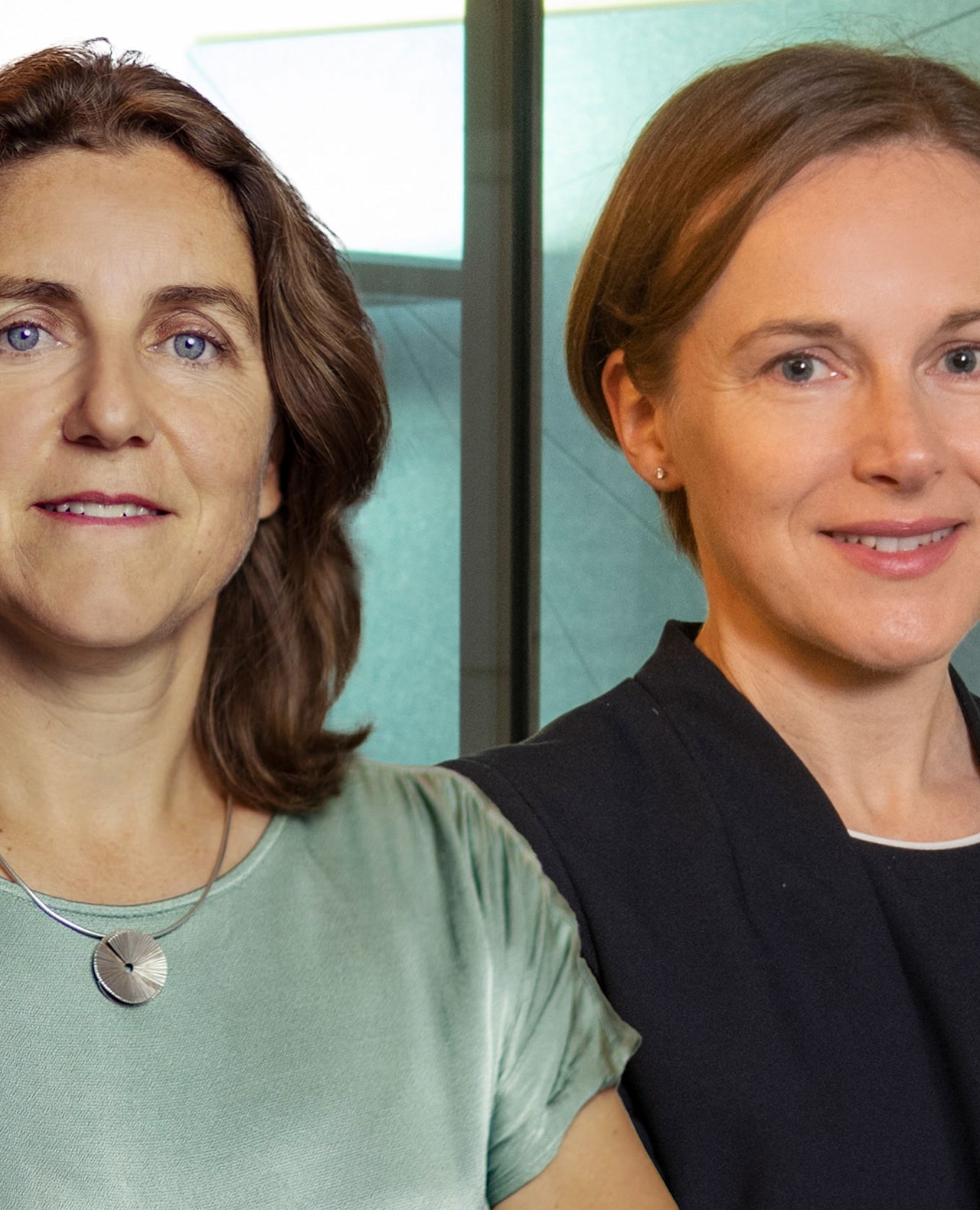
Paying fair wages is part of sustainability
Sustainability is more than just climate change – it’s also about protecting the social fabric of society. And that means companies should go further than meeting a legal minimum wage and embrace the concept of fair wages, says Professor Daniel Whitehead-Vaughan.
概要
- Investors should pay more attention to the S factor in ESG
- Paying fair wages means sustainable, successful companies
- Gap remains between legal minimum wages and living wages
Sustainable investing means looking at the environmental, social and governance (ESG) credentials of companies. Much of the focus in recent years has been on the E, as the world battles global warming, and the G, as investors demand more sustainable governance at companies and countries.
There has been less attention paid to the S, and particularly the social consequences of low pay, says Professor Whitehead-Vaughan. He is the founder and co-chair of the Fair Wage Network, a non-profit organization focused on sharing, aligning and promoting wage-related research, methodologies and best practices. The Geneva-based group also engages in direct consulting with corporations and their supply chains worldwide.
“Fair wages are those that cover the real cost of an employee’s basic needs while also respecting the economic constraints of employers,” says Professor Whitehead-Vaughan, writing as a guest author in the RobecoSAM Yearbook 2019. “Moreover, for many industries, this involves not only evaluating their own wage practices but also being a ‘fair-wage’ champion and resource for the companies within their supply chains.”
Using case study evidence, he demonstrates why addressing compensation using a fair wage approach is beneficial for employee well-being. It also improves company profits and helps respective supply chain partner achieve more sustainable outcomes. Investors can also contribute in their role as active owners, he says.
“Investors, concerned about protecting not only the Earth’s natural resources but also its human resources, should push global companies for more accountability, transparency and action when it comes to fair wages and compensation for employees and their dependents,” he says.
Some startling statistics
Professor Whitehead-Vaughan presents some ‘startling statistics’ to back up his case. He says the number of people in ‘vulnerable employment’ – defined as those lacking formal work arrangements, having inadequate earnings or difficult working conditions – is an incredible 42% of the total global workforce. This now affects 1.4 billion people, a figure that is growing at a rate of 11 million a year.
Half of these are the ‘working poor’, defined as those earning below US 3.10 a day in terms of purchasing power parity, mainly in emerging and developing countries. Legislated minimum wages have improved things in some countries, but there remains a gap with real living costs, he says.
“The main problem is that [minimum wages] are not fixed systematically at the living wage threshold, but are rather a threshold borne out of political compromise between governments, trade unions and employer organizations, based on prevailing ‘economic and social considerations’,” he says.
Addressing the imbalance
“As a result, the minimum wage is often much lower than the living wage. The gap between what workers earn as a minimum wage and what they actually require to support the basic needs of themselves and their families is stark. Unsurprisingly, the gap is higher in regions with weak labor institutions; among these, Africa, the Middle East and Russia stand out.”
To address the imbalance, the Fair Wage Network has established a methodology to calculate what it should be. “Transparent thresholds and standardized benchmarks can be established which can be used to compare wages of companies, for instance, along a supply chain,” says Whitehead-Vaughan. “The importance of common standards, unified methodologies and analyses tools have also been recognized by other groups seeking progress and equality within worldwide wages.”
了解最新的可持續性市場觀點
訂閱我們的電子報,探索塑造可持續投資的趨勢。
Important information
The contents of this document have not been reviewed by the Securities and Futures Commission ("SFC") in Hong Kong. If you are in any doubt about any of the contents of this document, you should obtain independent professional advice. This document has been distributed by Robeco Hong Kong Limited (‘Robeco’). Robeco is regulated by the SFC in Hong Kong. This document has been prepared on a confidential basis solely for the recipient and is for information purposes only. Any reproduction or distribution of this documentation, in whole or in part, or the disclosure of its contents, without the prior written consent of Robeco, is prohibited. By accepting this documentation, the recipient agrees to the foregoing This document is intended to provide the reader with information on Robeco’s specific capabilities, but does not constitute a recommendation to buy or sell certain securities or investment products. Investment decisions should only be based on the relevant prospectus and on thorough financial, fiscal and legal advice. Please refer to the relevant offering documents for details including the risk factors before making any investment decisions. The contents of this document are based upon sources of information believed to be reliable. This document is not intended for distribution to or use by any person or entity in any jurisdiction or country where such distribution or use would be contrary to local law or regulation. Investment Involves risks. Historical returns are provided for illustrative purposes only and do not necessarily reflect Robeco’s expectations for the future. The value of your investments may fluctuate. Past performance is no indication of current or future performance.




















